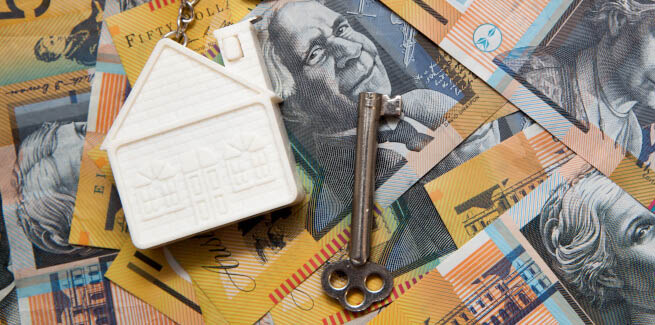In the latest CommSec State of the States report Tasmania led the way on four of the eight indicators that included equipment investment, relative unemployment, retail spending and dwelling starts and ranked second on another two indicators (relative economic growth and construction work done).
Drawing on the latest data from the ABS, the report highlighted the value of new loan commitments in all of the eight states and territories was well above decade averages, with the value of home loans in NSW up by 73.2 per cent on the long-term average worth $7.23 billion.
Victoria was the next strongest, up 67.9 per cent, followed by Queensland (up 64.3 per cent) and the ACT (up 63.5 per cent).
While new loan commitments in Tasmania were up 39.6 per cent on the decade average and worth $273 million in November 2021, they took a slight drop of 2.6 per cent below the previous year at $280 million.
Tasmanian broker, Narelle Kerstan from Gloss Finance, said she’s seen a steady increase each year, particularly due to the regional property boom sparked by the pandemic.
“I had a growth of about 13 million on the previous financial year,” Ms Kerstan said.
“The big [change] for me is obviously the hot property market.”
She said while she had secured an additional 20 loans last year, the major change was the value of loans increasing.
According to the latest figures from Domain, nationally house prices rose 25.2 per cent in 2021, and six out of the eight capitals hit record house prices during the December quarter.
As Australia’s state and territories continue to navigate the COVID-19 pandemic, Ms Kerstan said Tasmania has become a “ghost town”.
“This is the biggest impact we’ve had in the last few years, right now,” Ms Kerstan said.
“People have got scared here since the 15th of December when the borders opened.
“It’s very really, really concerning when you walk around the city.”
But she doesn’t expect the housing market to slow down, with strong demand for regional properties.
“I just don’t think the market can slow too much because we’ve got the buyers in this pandemic,” Ms Kerstan said.
CommSec chief economist, Craig James, said the country will continue to face challenges in managing the latest omicron wave with infrastructure spending continuing to be a key driver of growth in 2022.
“Tasmania has held top position in the performance rankings – solely or jointly – for eight consecutive quarterly surveys. While it is likely to remain on top in the short-term, much can change over 2022,” Mr James said.
“In fact, the Western Australian and South Australian economies have moved up the rankings, performing strongly during the pandemic, with the former benefiting from a surge in iron ore exports and prices, while the latter has benefited from strong government and business investment.
“In differing ways, each state or territory will attempt to ‘live with COVID’ throughout 2022, potentially leading to major changes in the performance rankings.”
But despite the uncertainty posed by the latest COVID-19 outbreaks, Mr James said Australia’s state and territory economies are in “solid shape”, supported by strong fiscal and monetary stimulus.
[Related: Home loans rebounded over November]

